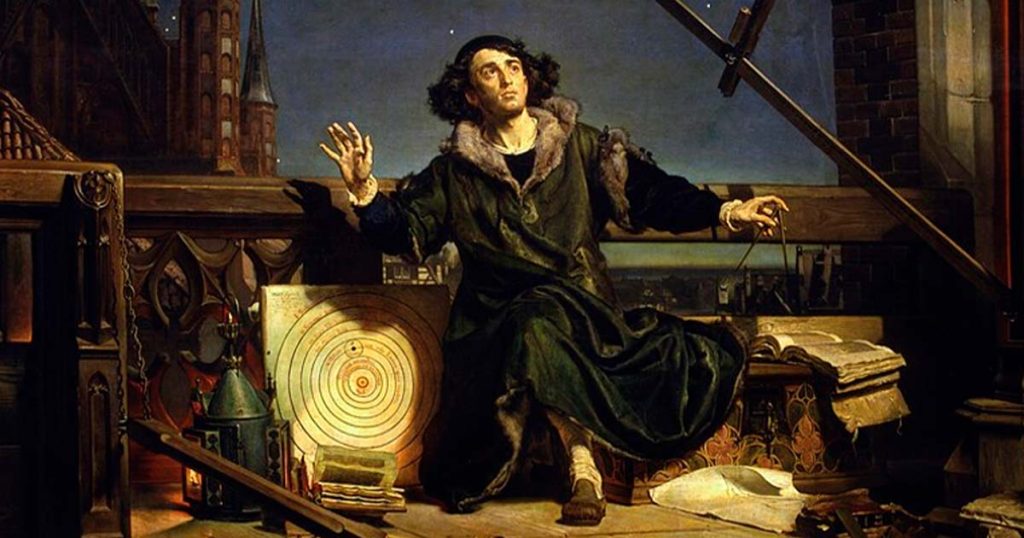Delving into the life of Nicholas Copernicus, born in 1473 in Toruń, Poland, unveils not only an astronomer but a Renaissance polymath. Beyond his groundbreaking heliocentric model, Copernicus immersed himself in mathematics, engineering, writing, economics, and medicine.
Educational Odyssey of a Visionary

Orphaned and guided by his uncle, Copernicus studied at the University of Kraków and Italian universities, mastering medicine, canon law, mathematical astronomy, and astrology. Returning to Poland in 1503, he served under his influential uncle, Lucas Watzenrode the Younger, the Prince-Bishop of Warmia. Simultaneously practicing as a physician, he formulated enduring economic theories.
Cosmic Paradigm Shift: Copernicus’ Universe

At the core of Copernicus’s legacy lies his heliocentric model, challenging the geocentric Ptolemaic system. By expressing planetary orbits relative to the Sun-Earth distance, he laid the groundwork for a cosmic paradigm shift. His magnum opus, “De Revolutionibus Orbium Coelestium,” published posthumously in 1543, set the stage for future astronomers like Galileo.
Pursuit of Copernicus: Centuries-Long Quest

Buried in Frombork Cathedral in 1543, Copernicus’s resting place faded into obscurity. Despite Napoleon’s attempts in 1807, the quest intensified in 2005. Guided by historian Jerzy Sikorski’s theory, archaeologists unearthed thirteen skeletons near the Altar of the Holy Cross. The focal point became an incomplete skeleton aged 60-70.
Scientific Marvels: Unveiling Copernicus Through Forensic Science

Facial reconstruction using the skull and DNA analysis played pivotal roles. With no known relatives, finding a reference source seemed impossible until 2006. A book taken to Sweden during the 17th-century invasion, containing Copernicus’s hairs, became the key. DNA from these hairs remarkably matched the skeletal remains, solidifying the conclusion.
Monumental Revelation: Copernicus’s Final Resting Place
The multidisciplinary effort, combining archaeology, morphology studies, and advanced DNA analysis, led to a compelling discovery. The remains near the Altar of the Holy Cross in Frombork Cathedral are highly likely those of Nicholas Copernicus. This revelation not only illuminates the final resting place of a scientific luminary but also underscores the sophistication of modern scientific methods in corroborating historical data.


